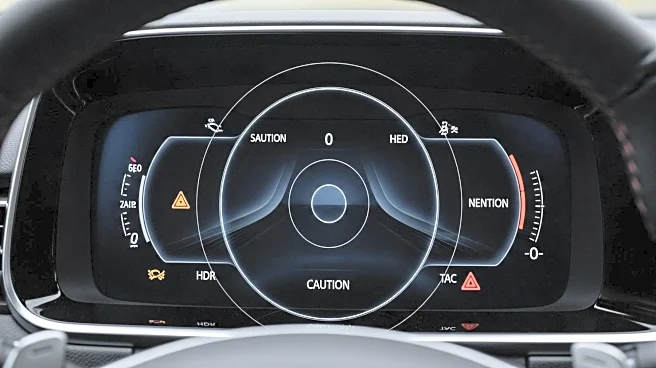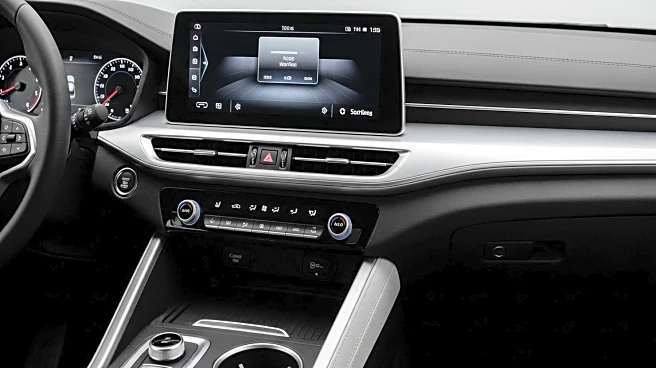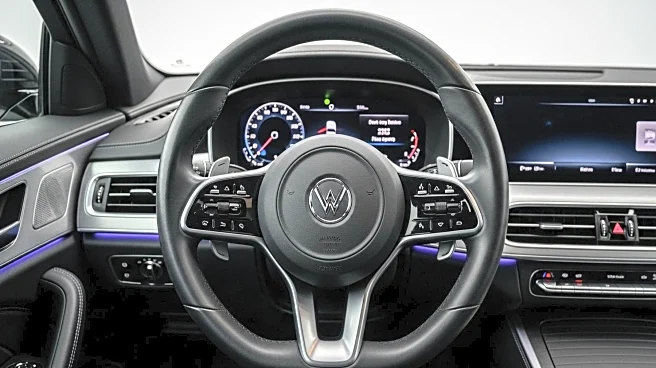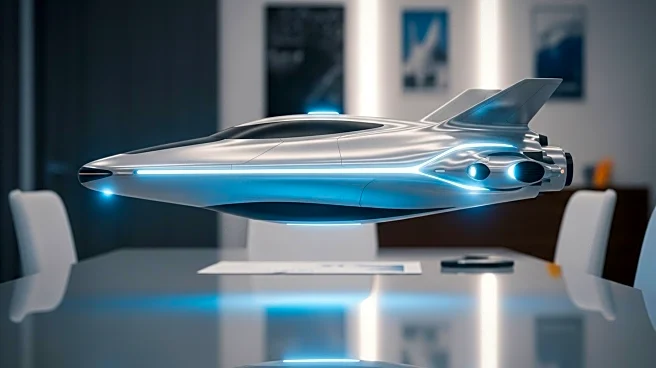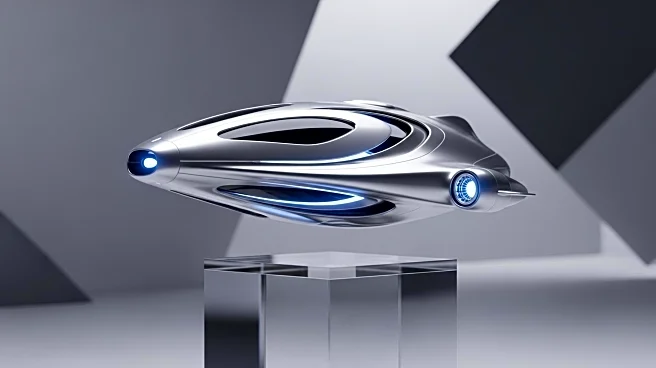What's Happening?
Automakers are increasingly adopting digital interfaces in vehicle interiors, moving away from traditional tactile controls. This shift, exemplified by Tesla's minimalist design, involves burying common functions like climate control and radio adjustments within touchscreen menus. While this approach offers a sleek aesthetic, it has sparked frustration among drivers who find these systems distracting and difficult to use. According to Consumer Reports and J.D. Power's Initial Quality Study, infotainment systems are a leading source of complaints, often surpassing mechanical issues. The AAA Foundation for Traffic Safety highlights that using touchscreen systems can divert drivers' attention for over 40 seconds, posing significant safety risks.
Why It's Important?
The transition to digital interfaces in vehicles has significant implications for driver safety and satisfaction. As more automakers embrace this trend, the potential for increased driver distraction grows, which could lead to higher accident rates. This shift also affects consumer preferences, with some drivers opting for older models with simpler controls. The automotive industry faces a challenge in balancing technological advancement with user-friendly design. Manufacturers that successfully integrate modern technology with intuitive controls may gain a competitive edge, while those that fail to address these concerns risk alienating a segment of their customer base.
What's Next?
As the debate over digital versus tactile controls continues, automakers may need to reconsider their design strategies. Consumer feedback and safety studies could prompt a reevaluation of current trends, potentially leading to a resurgence of physical controls in future models. Regulatory bodies might also step in to establish guidelines for in-car technology to ensure driver safety. Meanwhile, consumer advocacy groups and organizations like Consumer Reports will likely continue to influence public opinion and industry practices by highlighting models that successfully balance technology with usability.
Beyond the Headlines
The move towards digital interfaces in vehicles raises broader questions about the role of technology in everyday life. It reflects a cultural shift towards digital convenience, but also highlights the potential downsides of over-reliance on technology. This trend may spur discussions about the ethical responsibilities of automakers to prioritize safety over aesthetics. Additionally, it could lead to innovations in voice-activated controls or other technologies designed to minimize distraction while driving.
